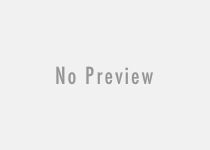Liability Insurance Under Fire: Lawsuit Surge Disrupts Commercial Markets
Commercial liability insurance is undergoing significant systemic disruption in 2025, with premium rates soaring into double-digit percentage increases while insurers simultaneously reduce their capacity across numerous industries. For businesses operating in sectors such as trucking, real estate, hospitality, and manufacturing, obtaining reasonable and affordable liability coverage has become progressively more challenging—some specialized insurers have completely withdrawn from certain market segments.
The primary cause of this turmoil is a sharp rise in large-scale jury verdicts combined with increased litigation finance activity. Trends such as institutional abuse claims, environmental lawsuits, product liability cases, and multi-million-dollar plaintiffs’ awards are compelling insurance carriers to hold more capital in reserve and impose stricter policy limits. As a result, many companies are now facing policy exclusions, significantly higher deductibles, or outright denial of coverage.
Organizations with high-risk profiles—such as event organizers or chemical processors—are among the hardest hit when trying to secure secondary or backup liability coverage. This difficulty is pushing them to consider alternative risk transfer solutions, including captive insurance arrangements, parametric insurance models, or participation in industry-specific risk pools.
To navigate this increasingly difficult landscape, risk managers are advised to:
Many experts within the industry argue that tort reform measures—such as implementing caps on damages or developing more efficient plaintiffs’ compensation frameworks—are becoming critical to stabilize the commercial liability insurance market. Until such reforms are enacted, businesses must take a proactive approach to managing their risk exposure and work to negotiate more intelligent, tailored insurance coverage solutions.
